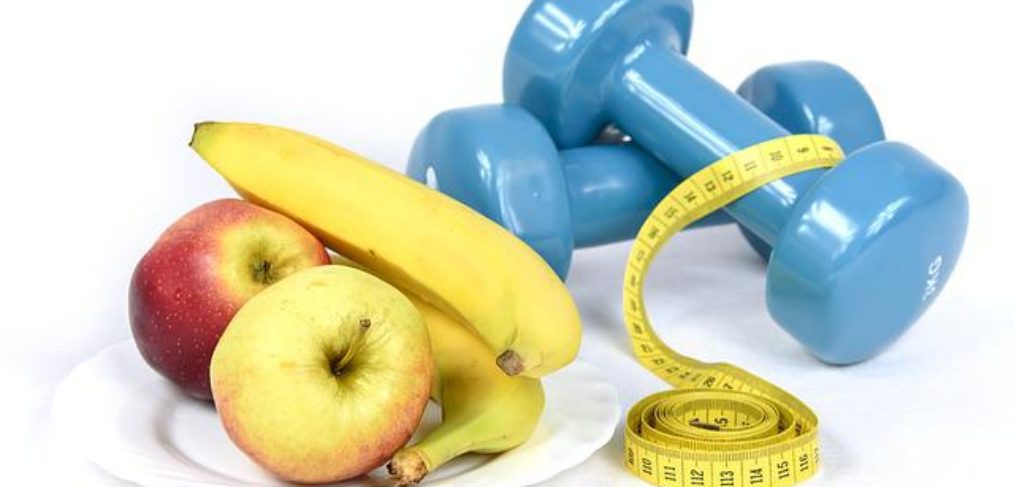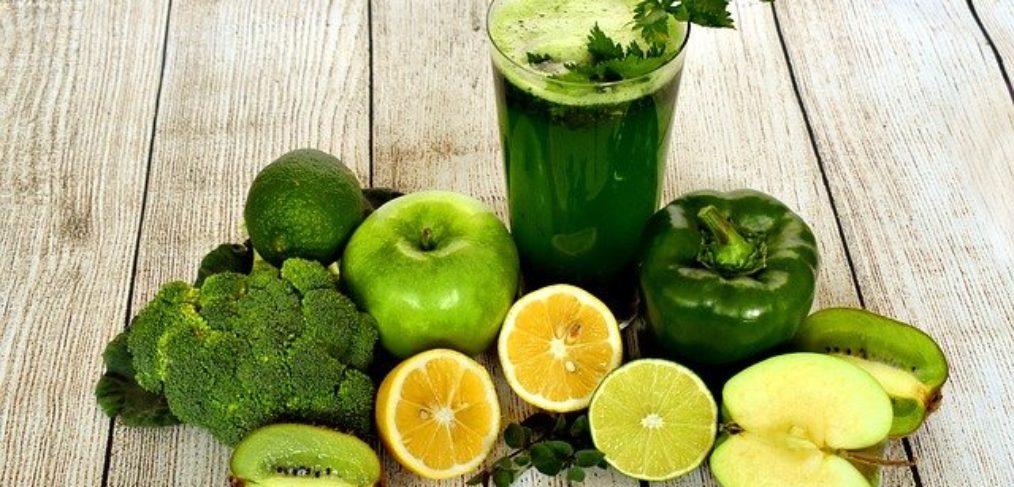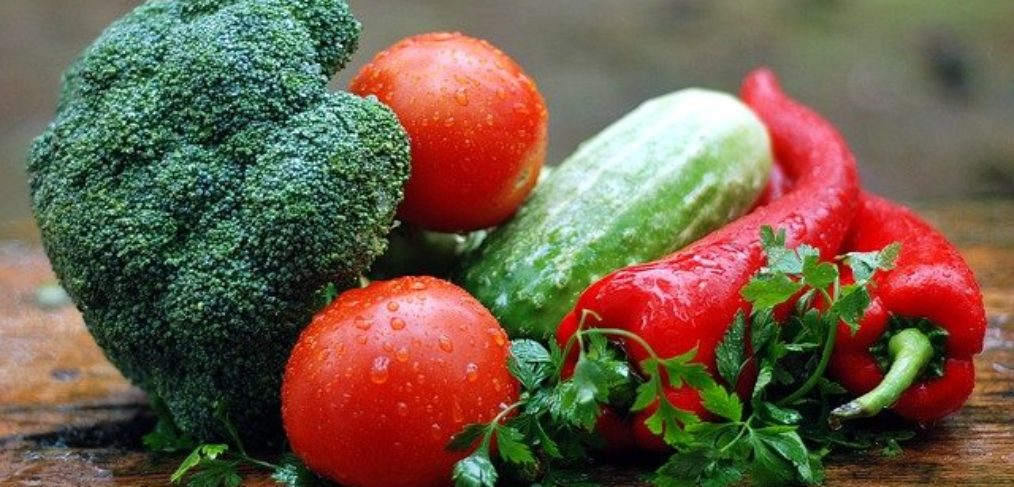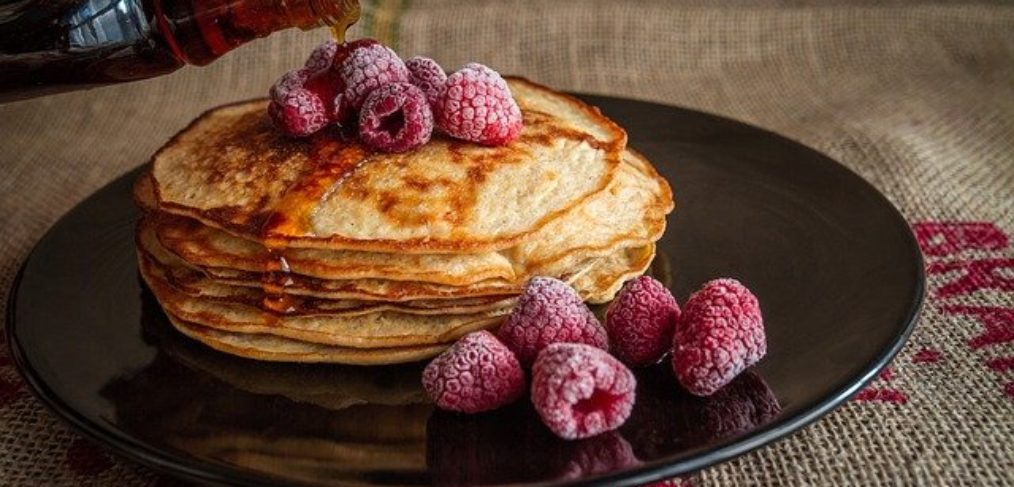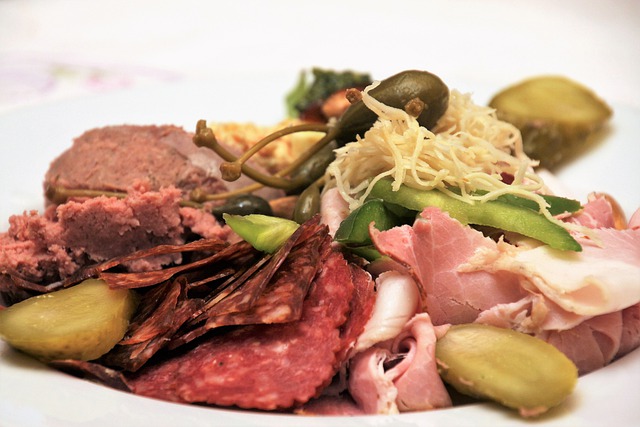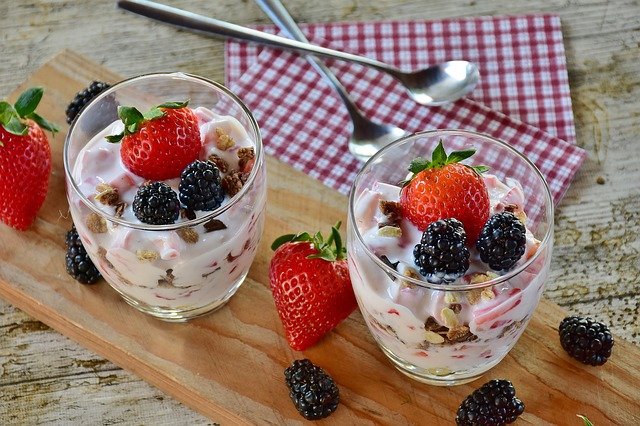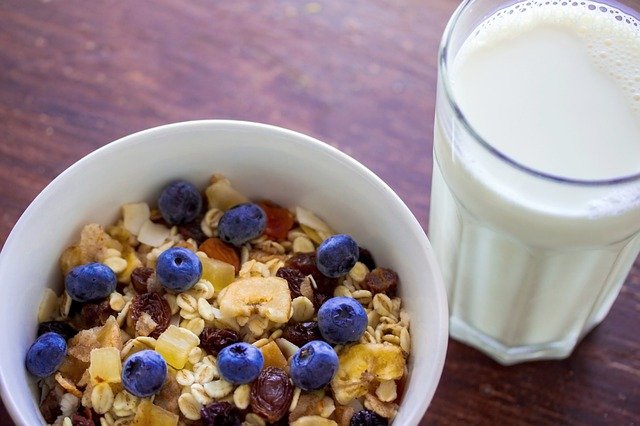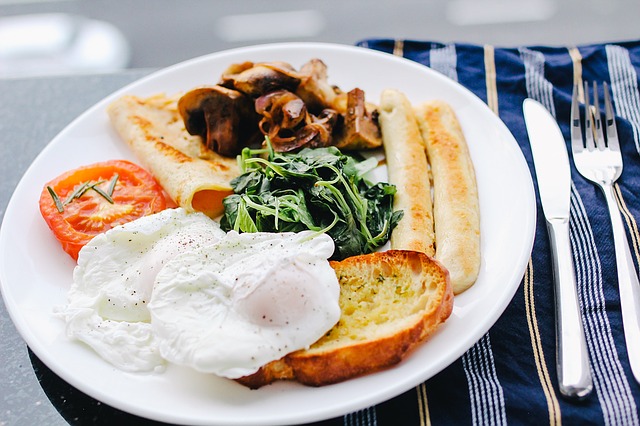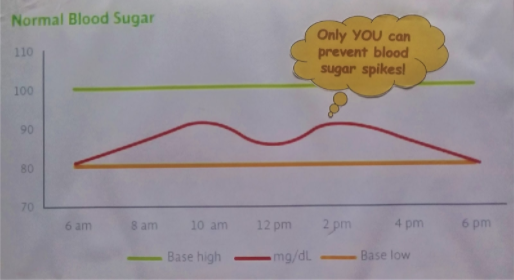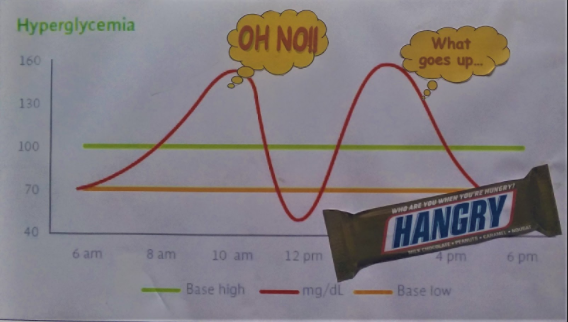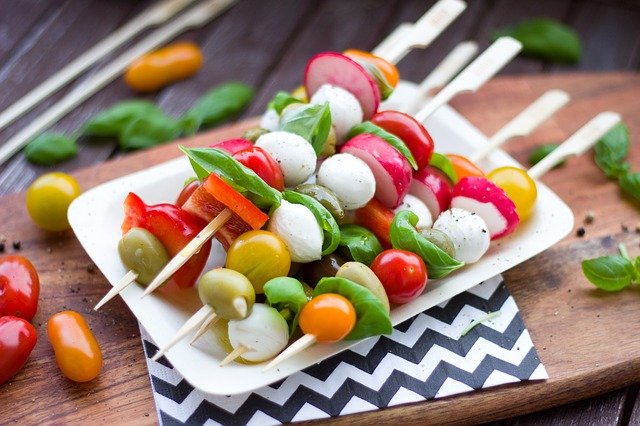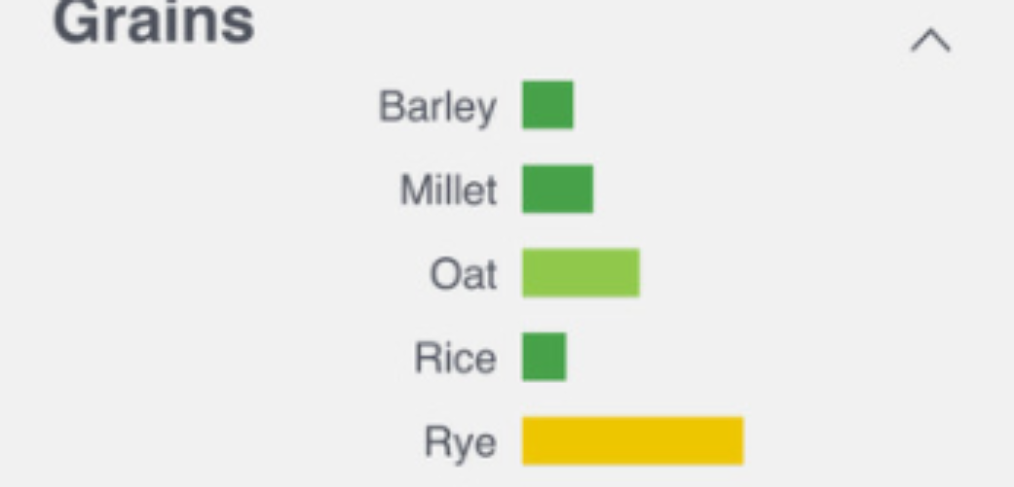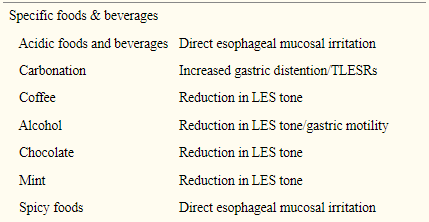Spring is a time to freshen up your health and your lifestyle. Here we compare a detox vs. a cleanse. Are they the same? What is the purpose of each? How long do you engage in them? What foods are appropriate to each? Who should oversee your protocol? What outcomes can you expect?
Detox vs. Cleanse Basics
A cleanse focuses on what you are bringing into the body, whereas a detox removes harmful elements from the body. The cleanse increases your nutrition, while the detox decreases your toxicity. You can participate in a cleanse even if you feel weak. But you should only detox from a place of strength. Neither program is a lifestyle. The cleanse doesn’t provide for long-term tissue-building needs. The detox requires heavy respites in between cycles to repair tissues. A detox can be combined with a cleanse.
Cleanse Considerations
Tailored to fatigued, sick, depressed, overweight, inflamed and hurting individuals with chronic pain, a cleanse is an opportunity to ditch poor eating habits. When comparing a detox vs. a cleanse, think of a cleanse as an increase in nutrient-dense foods, chock full of vitamins, minerals, antioxidants, and phytochemicals. It is not a way of life, but rather a seasonal opportunity to restart your health. You can undertake a cleanse for a few days or for a couple of weeks. No special medical supervision is required as long as you stay hydrated, supply plant-based protein to your meals, don’t restrict calories or skip meals, and have an end date within 14 days. NOTE #1: Only drinking fruit- or vegetable-based beverages in place of meals is NOT recommended.
During a cleanse, you will remove processed and refined foods and stimulants such as coffee, sweeteners, and chocolate. Many cleanses prohibit animal foods and grains during the protocol because they are difficult to digest or highly antigenic. Therefore, you can view a cleanse as a short-term foray into a whole-food vegetarian-type meal plan. Many people lose weight during a cleanse. Most report a reduction in nagging, chronic symptoms, such as sinus congestion, edema, headaches, digestive distress, joint pain, and tiredness. NOTE #2: If you are not accustomed to lots of fruits and vegetables in your diet, you will probably want to take supplemental digestive enzymes with your meals, such as Enzymedica’s Digest Basic, to avoid excessive gas and bloat.
Detox Considerations
A detox extracts such damaging elements as heavy metals, molds, pesticides & insecticides, and POP’s (persistent organic pollutants). A critical differentiation between detox vs. cleanse is that unhealthy individuals should NOT engage in a detox. Pulling stored toxins out of cells creates inflammation. If all of your elimination paths are not functioning optimally, the toxins can recirculate, making you sick. Elimination paths include bowel movements, urination, breath, and sweat. Good bile function is a critical part of moving toxins from the GI tract into the stool for excretion. Check with a practitioner if you no longer have a gall bladder, have had gallstones or gall bladder attacks, or experience stomach upset with greasy foods.
A detox can last for a couple of days or a couple of weeks, depending on how you feel. If your symptoms worsen, you should take a break and let your body process what has been liberated before you mobilize any more toxins. You should work with a practitioner who can oversee your detox protocol and tailor it to your specific needs and reactions. In the analysis of detox vs. cleanse, the detox is more than just a diet plan; it involves a chelating agent to bind toxins for removal. Food eaten during a detox should be nutritive, avoid empty calories, and not contain additional toxins. For example, you would want to avoid fish containing mercury residues and shop for organic produce.
Individuals usually detox in cycles with a few weeks in between for healing. A cleanse diet is acceptable during detox cycles as long as you get sufficient protein. (It takes a lot of amino acids to activate all those detox enzymes.) Symptoms that might be relieved through detox include chronic malaise, toxin-mediated hypertension, fine tremor, and immune dysregulation.
Sample 7-Day Cleanse Plan
A template provides a framework for meals so you don’t have to figure out what to each day. Once or twice a day, you will have a “smoothie” containing a plant-based protein with supplemental vitamins and minerals, such as Metagenics’ UltraMeal. This helps insure you are meeting your nutritional needs. In addition, focus on homemade salads, soups, stir-fries, and vegetable sheet pans meals. Boxed or canned prepared meals have too many additives to be considered part of a cleanse, so plan and shop before you start. You may want to set aside a couple of hours to prepare food in advance.
Here is a suggested meal plan:
- Breakfast: smoothie and vegetable bake
- Lunch: salad and soup
- Dinner: Stir-fry and smoothie
Cleanse Breakfasts
Keeping it simple, but still providing abundant nutrition, the following meal ideas allow for personalization and batch cooking so your time in the kitchen is minimized. Prepare large amounts of each recipe where possible so that you only cook once and eat several times.
Smoothie Ideas:
- Creamy & Nutty – chocolate protein powder, coconut milk, 1-2 Tb. almond butter, vanilla
- Tropical – mixed berry protein powder, 1/2 banana, 1 c. mango, coconut milk
- Gorgeously Green – chocolate or mixed berry protein powder, cored green apple, 1/2 cucumber, 1 c. darky leafy greens (such as spinach or kale), almond milk
- Very Berry – mixed berry protein powder, 1 c. mixed berries, almond or coconut milk
Vegetable Bake Suggestions:
- Roasted Roots – any combination of cubed or sliced beets, carrots, sweet potatoes, rutabaga, turnips, or parsnips with onion, olive oil, thyme, and red wine vinegar
- Mediterranean – any combination of sliced zucchini, eggplant, bell pepper, mushrooms, artichoke hearts, fennel bulb, green beans, or cherry tomatoes with garlic, onion, basil, oregano, rosemary, olive oil and balsamic vinegar
- Exclusively Cruciferous – any combination broccoli, cauliflower, Brussels sprouts, bok choy, or kohlrabi with garlic, olive oil, and brown mustard seeds.
Lunches on Your Cleanse
Salad Inspiration:
- Spring Combo – mixed greens, alfalfa or clover sprouts (or even broccoli sprouts), bell pepper, chopped apple or pear, cucumber, green onion, grated carrot with olive oil and apple cider vinegar
- Italian – mixed greens, olives, bell peppers, artichoke hearts, mushrooms, sun-dried tomatoes, Italian seasoning, olive oil and balsamic vinegar
- Super Slaw – grated red or green cabbage, grated kohlrabi, and/or grated chayote squash, apples, olive oil, lime juice, cumin seeds, cilantro leaves
- South of the Border – shredded cabbage, mixed greens, bell pepper, green onion, mango, cilantro, sunflower seeds, avocado slices, lime or lemon juice
Soup Ideas:
- Very Veggie – any combination of cabbage, tomatoes, celery, carrots, green beans, cauliflower, okra, potatoes or sweet potatoes, winter squash, zucchini, turnips, rutabaga, spinach, or kale with broth, onion, garlic, and Italian seasoning (basil, oregano, thyme, marjoram)
- Lentil – brown lentils, tomatoes, sweet potatoes and kale or spinach with onion, garlic, broth, coconut milk and curry powder
- Chili – black and/or pinto beans with celery, carrots, bell pepper, crushed tomatoes, tomato juice, onion, garlic, oregano, cumin, and chili powder
Cleanse Dinners
Stir-Fry Suggestions:
- Asian – bok choy, mung bean sprouts, snow peas, mushrooms, water chestnuts, napa cabbage, green onions with coconut milk, ginger, garlic, lemongrass, lime juice, and red pepper
- Quick & Easy – carrots, broccoli florets, snap peas, bell pepper, garlic, ginger, sesame oil, sesame seed
- Mediterranean – eggplant, bell peppers, mushrooms, spinach, garlic, onion, red pepper flakes, olive oil, basil
- Crunchy Crucifers – broccoli, cauliflower, cabbage, and or Brussels sprouts with sesame oil, ginger, garlic and onion
- Mexican – jicama, chayote squash, corn, black beans, jalapeno, onion, garlic, cumin, lime, avocado oil, cilantro
Lifestyle Habits: Detox vs. Cleanse
For both detoxes and cleanses, hydration is paramount. Drink plenty of clean, pure water. If you need a little flavor, add a squeeze of lemon or lime, or steep an herbal tea in your water.
Whether or not you plan to detox with your cleanse, it’s probably a good idea to incorporate a substance that binds toxins so that they don’t recirculate. Pectin-containing fruits (apples and pears) are considered binders, as are both soluble and insoluble fiber found in most plant foods. Beyond that, supplements containing activated charcoal and/or Bentonite clay can be beneficial. Bio-Botanical Research has one such binder called GI Detox. For your convenience, you may order this binder, along with protein powders and digestive enzymes from my supplement portal if you’d like.
When you are engaged in a cleanse, engage in moderate exercise and make the time to get 8 hours of sleep each night. During a detox, be aware that exercise liberates more toxins, so you may want to take it easy to avoid overwhelming your system. Sweating with sauna is a good way to excrete toxins. Be sure to get plenty of rest!


